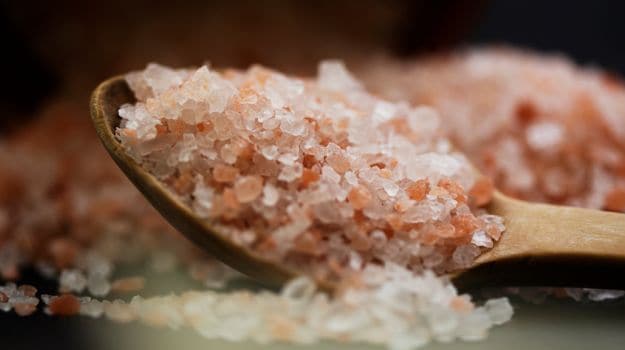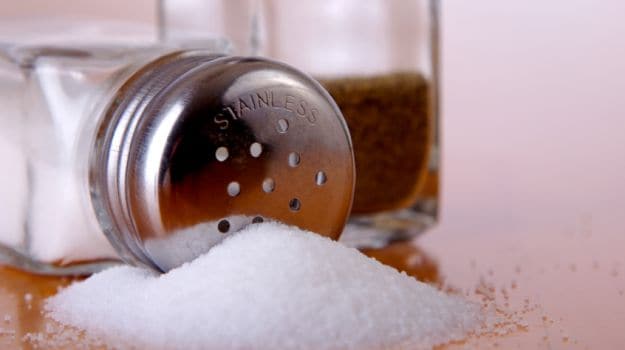Why Sea Salt and Not Table Salt?
 Salt is essential for life, you can’t live without it. Unfortunately, most of us don’t realise the difference for what passes as “regular salt” (the standard refined variety) and salt that has been sun-dried, directly from the ocean and not mined from the earth. The difference is actually drastic.
Salt is essential for life, you can’t live without it. Unfortunately, most of us don’t realise the difference for what passes as “regular salt” (the standard refined variety) and salt that has been sun-dried, directly from the ocean and not mined from the earth. The difference is actually drastic.Culinary traditions teach us that when salt is added during the cooking process, it helps the body absorb food nutrients efficiently.
Why Table Salt is Questionable?
Many table salts today are hardly what they promise to be. It’s mass produced, refined by heating to 1200 Degrees (thereby altering the natural chemical structure of the salt) and then flash cooled. Table salt is 99.5 percent sodium chloride and 0.5 percent chemicals such as moisture absorbent sugar and iodine.

Commercial salt producers add the following to “improve” salt:
1. DEXTROSE: Because the iodine is volatile and oxidises in the presence of light, simple sugar is added to stabilise the iodine.
2. SODIUM BICARBONATE: It is added as a bleaching agent for the salt because dextrose makes salt turn a dull purple, making it less marketable.
3. SODIUM SILICO ALUMINATE: This chemical coats the salt crystals to ensure the salt granules don’t stick together in humid conditions.
4. POTASSIUM IODINE: This chemical is added due to fear of goiter, because iodine is critical for forming thyroid hormones.
Whereas sea salt is made by a natural solar evaporating process of sea water, assuring that the larger salt crystals will still have their valuable trace minerals (such as silicon, copper, calcium and nickel) intact. Solar evaporated sea salt typically contains at least 84 buffering elements that help to protect our bodies from the harsh effects of pure sodium chloride.

What's the Right Kind of Salt?
Are you getting too much salt in your diet? Or are you getting enough of the right kind of salt? Watch for these symptoms:
1. IRRITABILITY: The constricting effect of salt and its effect on your nervous system stand as a possible indicator of excess.
2. THIRST: We’ve all experienced this; it’s the best neutral medium for dilution. If you are thirsty all the time, consider making a major cut in your salt.
3. SWEET FOOD CRAVINGS: “SALT & SUGAR “A union made in heaven. The more salt you consume, the greater your desire will be for some more refined or simple sugar. The seesaw of salt-sugar is the basis of fast food menus.
4. FACIAL AND ANKLE SWELLING: For some individuals the swelling of ankle and hands or puffiness around the eyes show a tendency towards kidney exhaustion and a need for better quality and reduced salt intake.
5. NEED A DRINK? Alcohol is a concentrated source of fermented sugar, so its effects are more exaggerated. Often a smart bar owner will offer free salted snacks (nuts & chips) to the guests. The more of these snacks patrons consume, the more likely they are to order extra drinks.
Your body talks to you so get the signals and swap your table salt with sea salt. Also the high percentage of iodine in sea salt enables the thyroid gland to manufacture hormones required for proper functioning and normal growth and development.
No comments:
Post a Comment